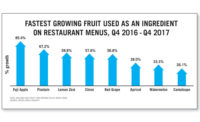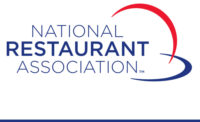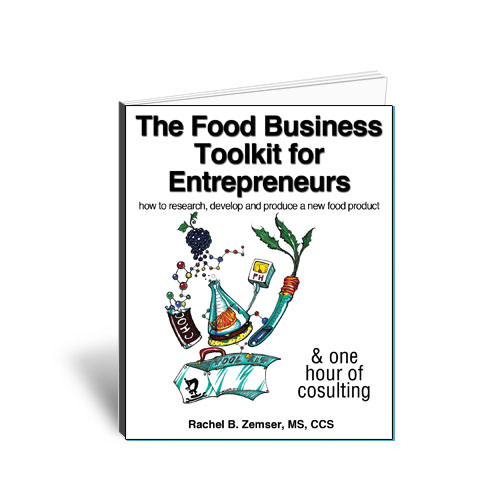Sweet, Savory Desserts on Restaurant Menus
The (Not Only) Sweet Spot: Datassential's latest report finds growing appeal for savory, ethnic desserts

The affogato, an Italian beverage of espresso poured over ice cream, is one of fastest-growing desserts on restaurant menus.
ADOBE STOCK PHOTO COURTESY OF DATASSENTIAL (WWW.DATASSENTIAL.COM)
Dessert menus are synonymous with sweetness. Yet while there’s good reason to have plenty of chocolate chip cookies and vanilla ice cream on hand for the 93% of consumers who have had a dessert in the past week, the appeal of things like savory ingredients and ethnic varieties will continue to grow for this eating occasion.
In its newest keynote report, “Dessert’s Sweet Spot,” Datassential found that some of the fastest- growing dessert terms and ingredients on American menus were salty or savory, including pretzels, olive oil, and bacon.
The number of restaurants offering sea salt or salted caramel on their dessert menus more than doubled from 2014 to 2018. The latter flavor was the fastest-growing variety of both cheesecake and ice cream on restaurant menus over the same period. Offerings like these could be an effective tool for restaurants or retailers trying to coax some incremental trial out of consumers.
There’s not a huge portion of respondents saying they rarely or never eat dessert in Datassential’s custom survey, but one-third of those consumers explain that they just don’t have much of a sweet tooth. Nearly one in five of those people said they don’t eat dessert all that often because they prefer to spend their money on savory items. Interestingly, half of foodservice operators surveyed in the report said they weren’t interested in menuing savory ingredients—but they might want to reconsider.
Globally influenced or ethnic desserts is another trend that operators have yet to adopt in large numbers— but that is changing rapidly.
Consider the affogato. This Italian beverage of espresso poured over ice cream is the fastest-growing dessert type, followed by another global offering, the pot de crème. Affogato is growing in penetration rapidly at full-service and independent restaurants. But just this year, Dunkin’ and Baskin-Robbins started offering it in co-branded locations to make use of Dunkin’s espresso and Baskin’s ice cream.
Other proliferating ethnic desserts include churros, profiteroles and tres leches cake. Alfajores and macarons are among the fastest growing types of cookies.
Consumers are more likely to eat dessert items as snacks rather than as the accompaniment or end of a meal. That could very well explain why their most recent dessert skewed toward snackable items like ice cream and cookies (and often, a combination of the two). Both formats give operators the chance for safe experimentation with dessert trends, like salty flavors on cookies or brownies, or dessert beverages that use emerging ice cream flavors.
Half of operators said their sales of dessert beverages increased in the past year, and nearly as many said the same thing of cookie sales. More than one-third of operators reported rising sales of brownies, baked bars and pastries.
Foodservice outlets will likely experiment by necessity to differentiate their desserts from what consumers can buy at the grocery store, where the vast majority of dessert purchases happen. Yes, the best-selling varieties of all desserts are classic, sweet flavors. But there’s ample room for growth if menu makers step just a little bit outside the sweet spot.
Looking for a reprint of this article?
From high-res PDFs to custom plaques, order your copy today!






